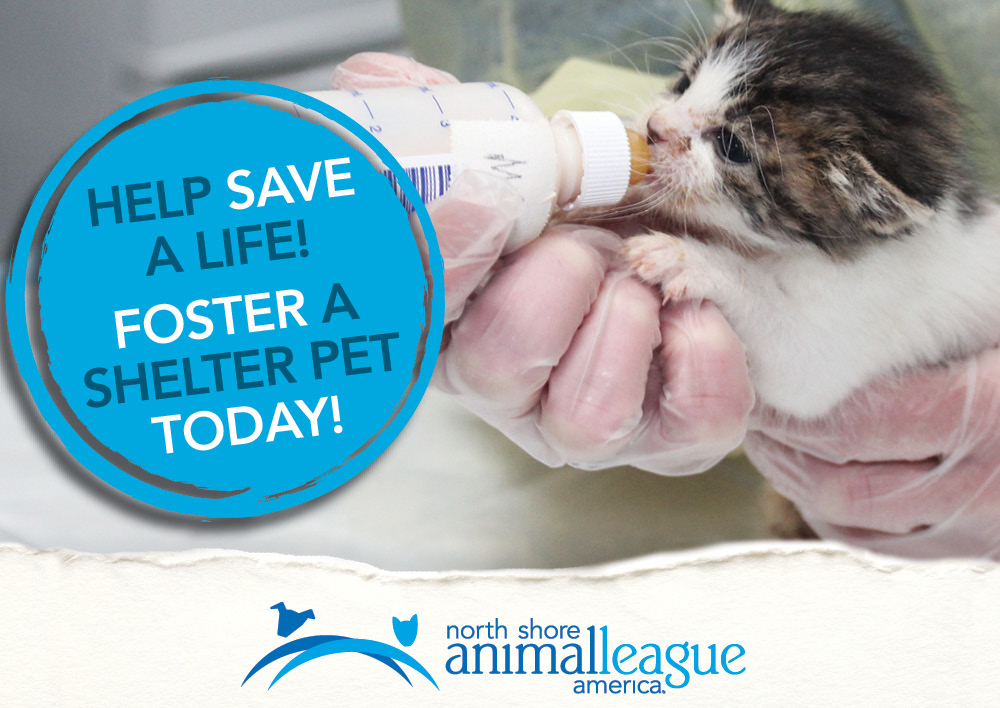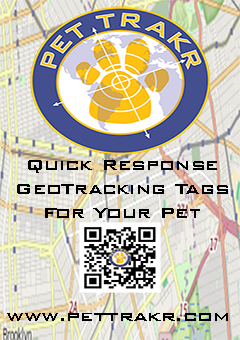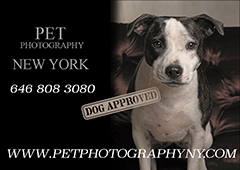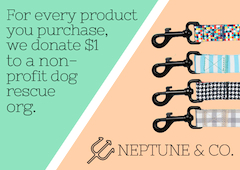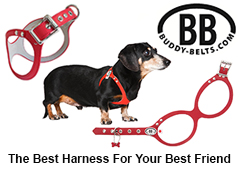HOME ALONE
Trashed House? Never. Some Tips To Keep It All In Order
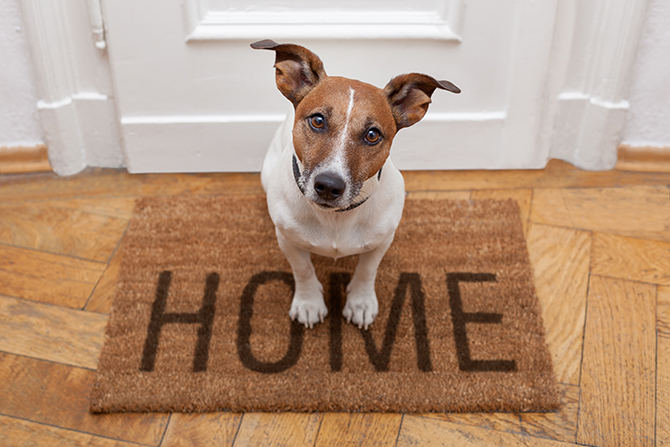 Does your dog hate it when you leave? Can you hear them saying “No don’t go”
Does your dog hate it when you leave? Can you hear them saying “No don’t go”By Tom Shelby
The dog with a severe separation problem that lives with a traveling salesman starts to get nervous when the suitcase is pulled out and is a basket case by the time it’s packed. Your dog is totally aware of all the things you regularly do before you leave. From putting on shoes or jewelry and brushing your hair, to grabbing your cell phone or house keys, your dog knows all the things you do before you leave the house better than you do and gets more and more nervous as you get closer to walking out the door.
Separation anxiety can take lots of different forms, from crying and barking, to scratching doors and screens, chewing on your shoes or table legs, and even pooping in the house. There are several things you can do to help your four-legged significant other cope better with your absence. The very first thing I recommend is that you de-emotionalize leaving and coming. No dropping to your knees with hugs and kisses, bemoaning the time apart. Just give a pat on the head, say “See ya later, Bella,” and book out. Same when you return. Pat on the head, “How ya doin, Bella,” and go about your day.
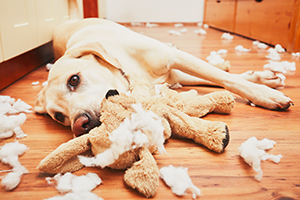 If destruction greets you when you return home, it’s not playfulness, it’s separation anxiety.
If destruction greets you when you return home, it’s not playfulness, it’s separation anxiety.GOOD THINGS HAPPEN
You can also desensitize your dog to the nerve-racking cues that you’re “splitting” on her. Go through all your cues once or twice a day, and don’t leave. Remember, dogs are very clever, so be sure to observe yourself carefully to ensure that you perform your own personal routine. When you are actually leaving, observe the minutia of all you do before you walk out and note it in great detail, so that you don’t leave anything whatsoever out when you pretend to be leaving. The ultimate goal is to teach your dog that good things happen when you are not around. Instead of chewing on the leg of your chair, give her a more desirable alternative. The only time on planet Earth when she gets people food is when you leave her alone. As you head out, give her three or four hollow marrow bones that have people food wedged in the middle so that she really has to work at getting some of it.
It’s very important that all the bones are removed and put out of her reach or purview as soon as you get home, otherwise they will lose their specialness. “Special toys” can also be employed to keep your dog from performing unwanted behavior during short absences. If you’re going to separate for twenty minutes to take a shower or shovel the snow from the driveway, put up a gate and give your dog a couple of the special toys. There’s a good chance she’ll prefer them over your socks and table legs. For longer absences, interactive toys can be effective too—the type where, by knocking the toy around, it occasionally releases a treat or two. Like the hollow bones, only give your dog the special treat or toys when she’s left alone, to keep the interest level high.
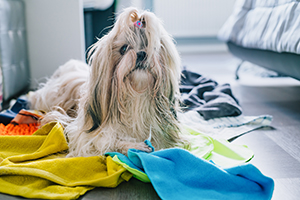 Dogs who don’t like to be home alone don’t hestitate to make a mess. Good training helps avoid surprises.
Dogs who don’t like to be home alone don’t hestitate to make a mess. Good training helps avoid surprises.CLASSIC SOUNDS
Another good strategy is making your departure fun. Toss five or six small regular dog treats into the room as you leave. When my five-pound dog MacDuff went blind at age eleven, he loved it when we left. A dog owner once told me she plays NPR for her dog so that the dog could hear human voices and intelligent programming to keep him comfortable and relaxed when home alone. NPR, with people talking, is definitely better than stone silence, but better than your dog listening to conversation is the sound of classical music, especially when played on a harpsichord. Believe it or not, country-western music works really well, too. Your dog’s hearing is probably about sixteen times better than yours, so not too loud.
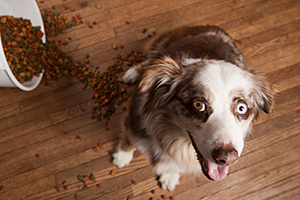 Separation anxiety can take many forms such as varying from normal good behavior.
Separation anxiety can take many forms such as varying from normal good behavior.HEAVENLY HAVEN
The only sure way to keep your dog from destroying anything in the house or exhibiting other unwanted behavior due to separation anxiety is for a dog to be properly crate trained. That’s why it’s so important to have your dog see her crate as her den and love it. The crate is her sanctuary. A dog who sees her time there as a punishment might self-mutilate or hurt herself trying to chew her way out. You want to create a very positive association with the crate and make sure it’s the most physically comfortable place for her to hang out. Put her bed and her favorite cushions in the crate. Toss in treats and give her special toys. Whenever she is in there, praise her lavishly and boisterously. Regardless of how comfortable your dog is in the crate, if you are going to be gone for a full work day (around twelve hours,) you will need to hire a dog walker to take your dog out to relieve herself and get some exercise. No question about it.
FROM DOG TRAINING DIARIES By Tom Shelby AVAILABLE FROM SKYHORSE PUBLISHING









